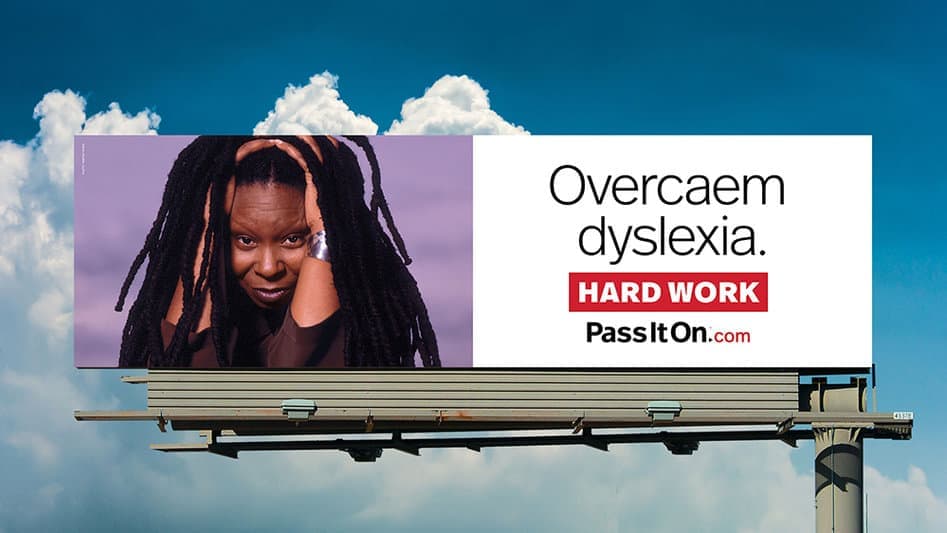
Dyslexia, COVID-19, and The Business of Photography
It took me one year to learn how to play the theme for Star Wars on my piano. I was twelve. I’d look at the music notes on the page, and it might have been written in hieroglyphics. I couldn’t figure out how to pay attention to the left hand when the right hand was playing. Never mind the feet. They’re supposed to do stuff, too? It wasn’t just I couldn’t read the music, it’s that it made no sense. I wanted to learn to play the piano. I couldn’t. All I could do was, after a lot of practice, memorize how the song was supposed to be played. My first adaptation for dyslexia, and I didn’t even know it.
Everyone just assumed I was lazy. Which I was. Or stupid, which I wasn’t.
It wasn’t until my early twenties that I realized it wasn’t me being lazy, but that there was a short circuit between seeing the music and my brain. One day, I was driving down the rural road by my first house, and I glanced up at a billboard.
“I DO NOT UNDERSTAND THAT STUPID BILLBOARD,” I said to my friend driving, mainly for something to say. OVERCAME DYSLEXIA. And Whoopi Goldberg. Is she, like, the symbol of Dyslexia?”
“What do you mean?” asked my friend, “It’s hard for me to even read that shit backwards.”

I still didn’t get it. Backwards? I looked again. Hard, this time. Focused on the words. Some letters were flipped around. I’d passed the billboard every day for a year. Not once did I notice the backward letters. Instead, I just saw normal words. My brain automatically flipped the letters around and sent them to my brain. Nothing to see here. Move on.
My brain saw what it expected. Until I took a hard look. Then I saw what was really written.
As an event photographer, I think it’s an advantage my brain works differently. But right now, I think we, as a nation, are seeing what we want to see, and not what’s actually going on. Our national consciousness is focused on what we expect is true. We don’t expect a disease to rampage throughout the modern United States and shut down life. We expect to take a pill, or a shot, or to stay home for two weeks, and that’s the end of that. Remember “Two weeks to flatten the curve?” That was in MARCH.
We need to look again. Hard.
As parts of the United States are slammed with spiking cases of COVID-19, 40% of people continue to ignore the pandemic. If they don’t see it, it doesn’t exist. President Trump inadvertently said it best when he allegedly joked about slowing down testing. In a nut shell: if we don’t test, there is no Pandemic.
The problem is, that’s not what’s happening. And because at least a third of the government refuses to face reality, there is no national policy in place to confront the pandemic. That may not matter if you are a photographer that owns a small studio in Wyoming that caters to the surrounding neighborhood. You can act in accordance with the neighborhood you are in. You might not even have ANY COVID-19 in your micro-economy. But you better be sure. And, if you’re a national event photographer, you better proceed with ultra caution. You do not want to be on CNN as causing the latest cluster of cases in a city.
Let’s take Florida, which is seeing runaway pandemic cases, and is the perfect example of a disjointed state COVID-19 policy. Southern Florida is shut down. Beaches are closed. Central Florida is open. Northern Florida is planning to host a traditional Republican National Convention. So if you’re a photographer in Florida, how do you plan your work. Do you open? Do you risk exposing yourself and your family to a virus that’s killed 132,000 people in four months in the United States? If you don’t open, can you financially afford to wait? If you do open, will you cause a cluster of new cases? Will you even have a demand for your services? People are smart: at least, 60% of people are smart. Can you survive– and do you want to — on the 40% who are ignoring the pandemic? Back in March and April, our national government acted to provide federal financial relief, in the CARES Act and through SBA loans. That gave business a breather. Now the federal effort is disjointed, AND those programs are expiring.
There’s a real danger of seeing what you want to see in business. It’s the Baghdad Bob CEO. As bombs fall all around, you look at the camera and say all is well. You can’t glance at a positive statistic and extrapolate that hope to prove your own theory of how things look. In business, you have to look hard at the data and let it sink in. Then decide what to do. Your first glance may guide you wrong.
Here’s my plan as a national event photographer: sit and wait. It’s going to take time to evaluate just how bad this current spike hurts business. Frankly, today I’m not sure how to plan. Or if to plan. “Events” pop up as people pretend things are normal, and then photos flash across national news of those people crammed together, happy, shoulder to shoulder. But it was just a few weeks ago those images were from Miami. And now? Miami is shut down. The news is full of events causing clusters of cases. Frat parties in Mississippi. Lake parties in Michigan. Beach parties in California. Meanwhile, business stands still: waiting. Hoping. Unsure.
And while that’s horribly frustrating, it’s probably the safest thing to do.
